

When it comes to achieving your fitness goals, there is no one-size-fits-all approach. The world of fitness offers a plethora of training methods, but two of the most popular and effective ones are plyometrics and traditional strength training.

Each approach has its distinct qualities, benefits, and drawbacks. Exploring plyometrics and traditional strength training will assist you in determining which one aligns best with your fitness goals.
Plyometrics is a type of exercise that makes you jump and move quickly to boost your athletic skills. It works by stretching your muscles and then making them contract quickly, creating explosive movements. It's often called "jump training" because it involves a lot of jumping. The main aim of plyometrics is to make you more explosive, agile, and coordinated. The primary goal of plyometrics is to enhance explosiveness, agility, and coordination.
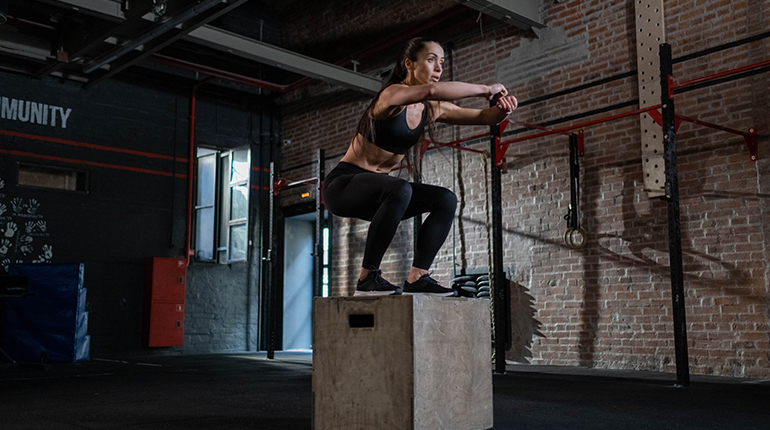
Plyometrics shines in improving explosiveness, agility, and coordination. When you engage in plyometric training, your muscles learn to generate force quickly, helping you run faster, jump higher, and react swiftly. This explosiveness is particularly valuable for sports like basketball, soccer, and track and field, where rapid bursts of power are essential.
Plyometric workouts often lead to a rapid calorie burn, making them an excellent choice for those aiming to shed pounds. The explosive and intense nature of these exercises engages multiple muscle groups simultaneously, leading to a substantial increase in energy expenditure. As a result, you can expect to burn a significant number of calories during a plyometric session.
What makes plyometrics appealing to many is that it requires little to no equipment, mainly using your body weight. This simplicity makes it accessible to a wide range of fitness enthusiasts, regardless of their access to specialized gym equipment. You can perform plyometrics virtually anywhere, whether in a gym, at home, or even outdoors.
Plyometrics involve high-impact movements, which may not be suitable for individuals with certain physical limitations or injuries.
Plyometrics can be physically demanding, particularly for beginners. It may require some conditioning before diving into advanced plyometric exercises.
Now, traditional strength training, on the other hand, is a time-tested method of building muscle and increasing strength. This approach typically involves lifting weights, using resistance machines, or employing other forms of external resistance to target specific muscle groups.
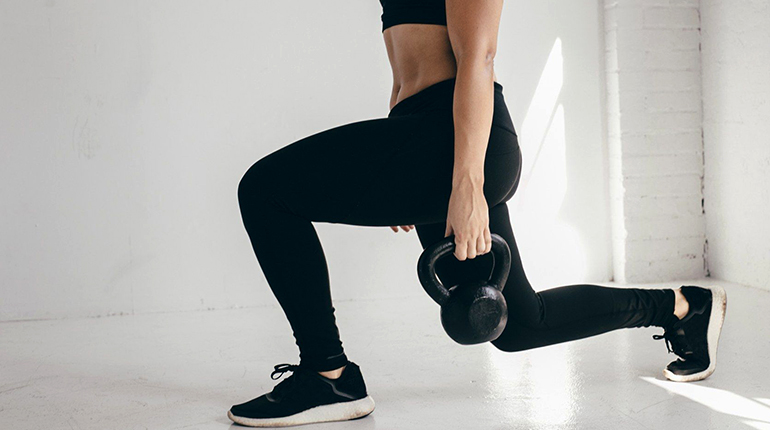
Traditional strength training is renowned for its ability to build muscle effectively. It targets specific muscle groups with resistance exercises, such as weightlifting and resistance machines stimulating muscle growth and enhancing overall strength. If you're looking to gain muscle mass and increase your physical power, traditional strength training is a proven method.
If sculpting a well-defined physique is your goal, traditional strength training excels in this regard. By engaging in exercises that isolate and develop individual muscle groups, you can create the muscle definition and shape that many fitness enthusiasts desire. It's an effective way to tone and refine your body, giving you that chiseled look.
Your strength training routine can be tailored to meet your specific goals. Whether you want to focus on building muscle size, improving endurance, increasing overall fitness, or targeting particular areas of your body, traditional strength training offers a wide range of exercises and resistance levels to tailor your program to your precise needs.
Traditional strength training is suitable for individuals at various fitness levels. Beginners can start with lighter weights, while experienced lifters can challenge themselves with heavier loads.
Some individuals may find traditional strength training routines repetitive over time, which could lead to workout boredom.
Gaining noticeable muscle and strength through traditional strength training can be a gradual process. This might discourage those seeking quick results.
In conclusion, the choice between plyometrics and traditional strength training should align with your fitness goals and preferences. Remember that it's not about choosing one over the other, but rather finding a balance that works for you. Listen to your body, stay consistent, and most importantly, have fun with your workouts.
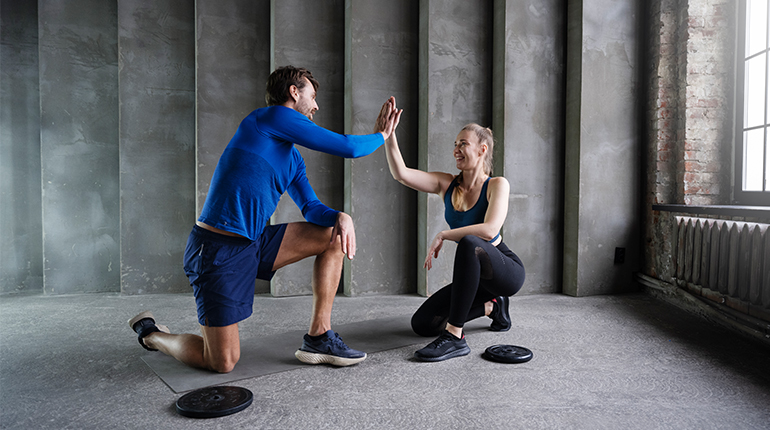
If you're ready to embark on or enhance your fitness journey, consider incorporating elements of both plyometrics and traditional strength training into your routine.
The choice between plyometrics and traditional strength training should align with your fitness goals, preferences, and current physical condition. However, it's worth considering that integrating elements of both approaches into your fitness regimen can provide a holistic and balanced approach to achieving your objectives. Variety is key to a successful and enjoyable fitness journey.
Consult with a fitness professional to create a customized plan tailored to your unique needs and aspirations.
-thumb.jpg)
12 Aug 2025
-thumb.jpg)
09 Aug 2025
-thumb.jpg)
05 Aug 2025

04 Aug 2025

04 Aug 2025

04 Aug 2025

04 Aug 2025
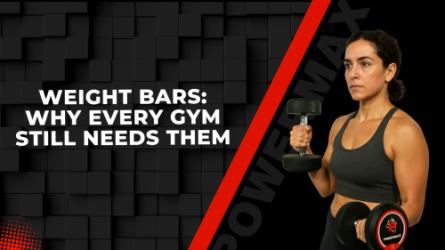
04 Aug 2025
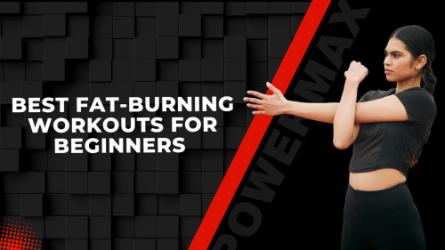
04 Aug 2025

04 Aug 2025